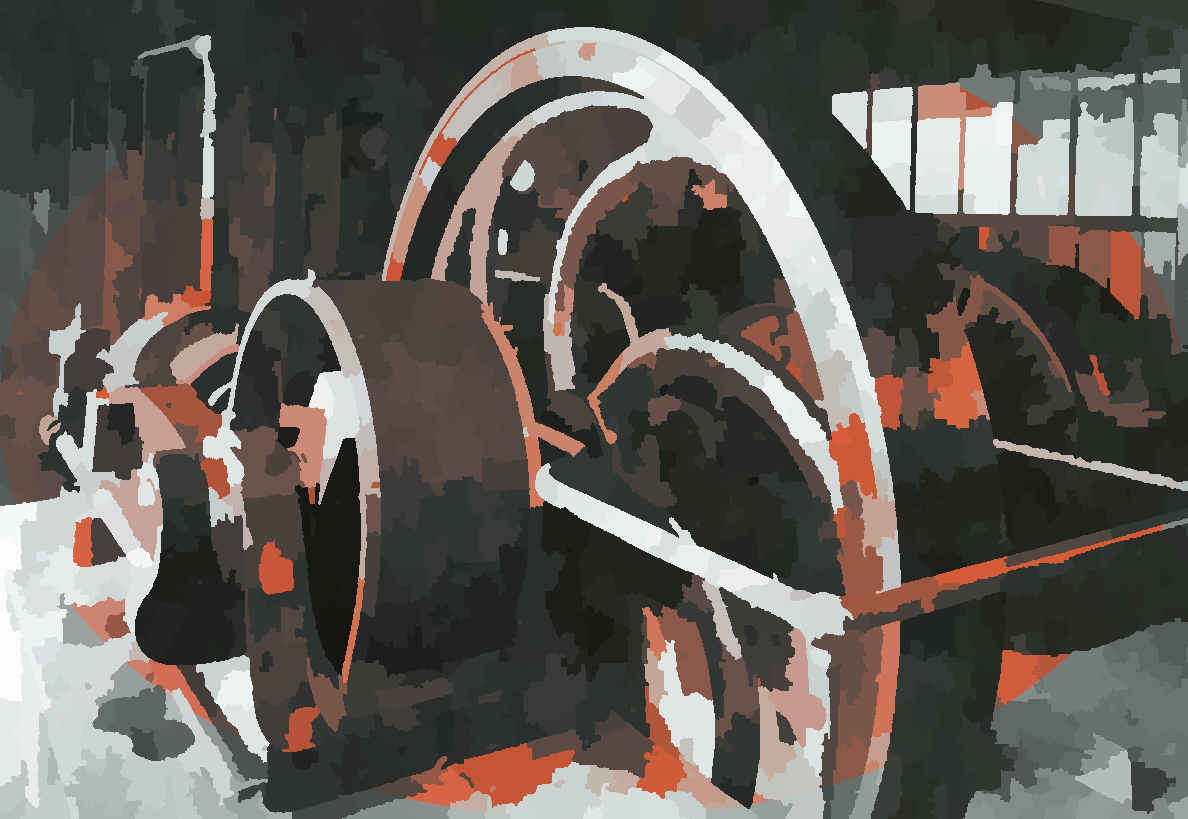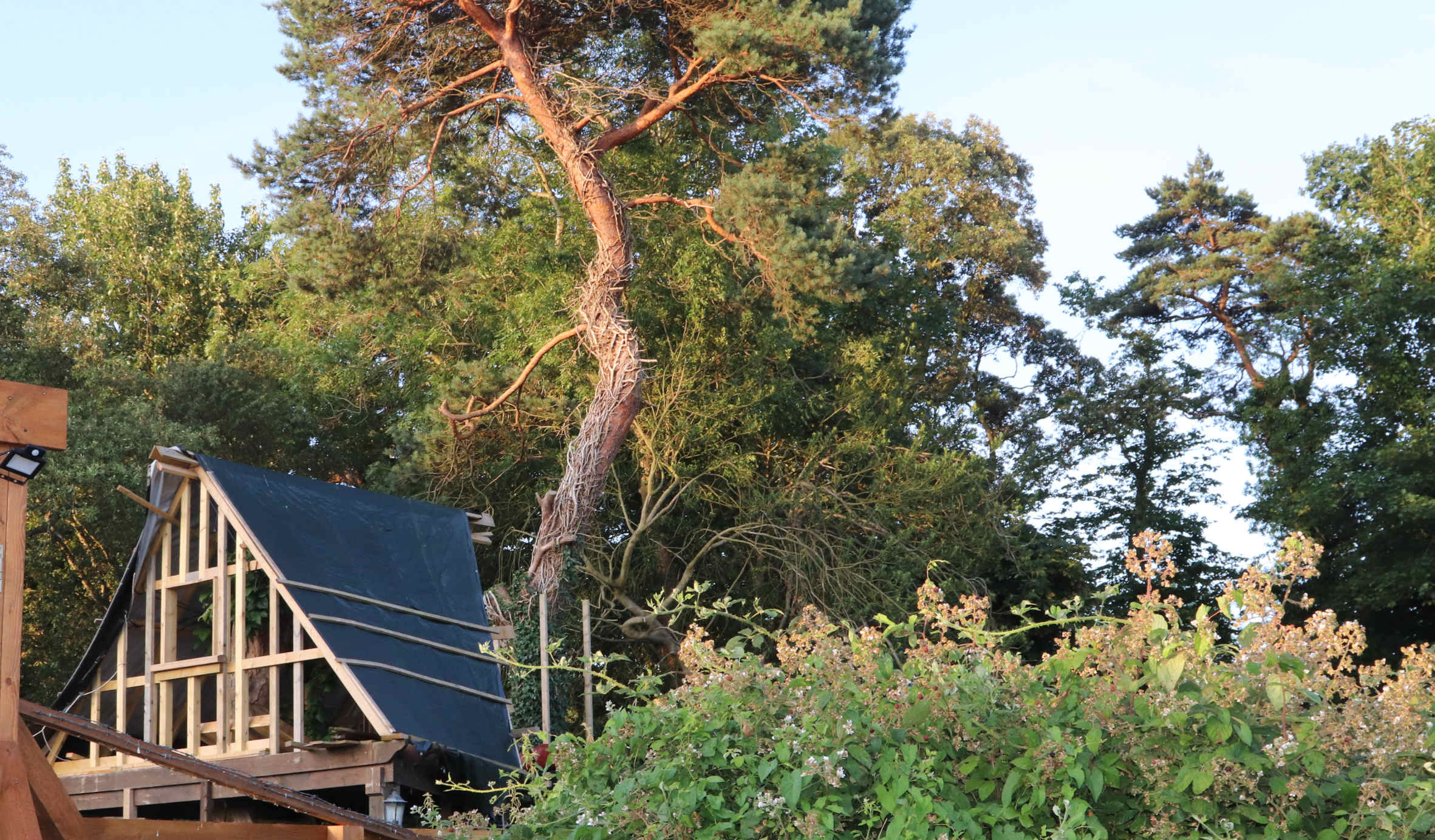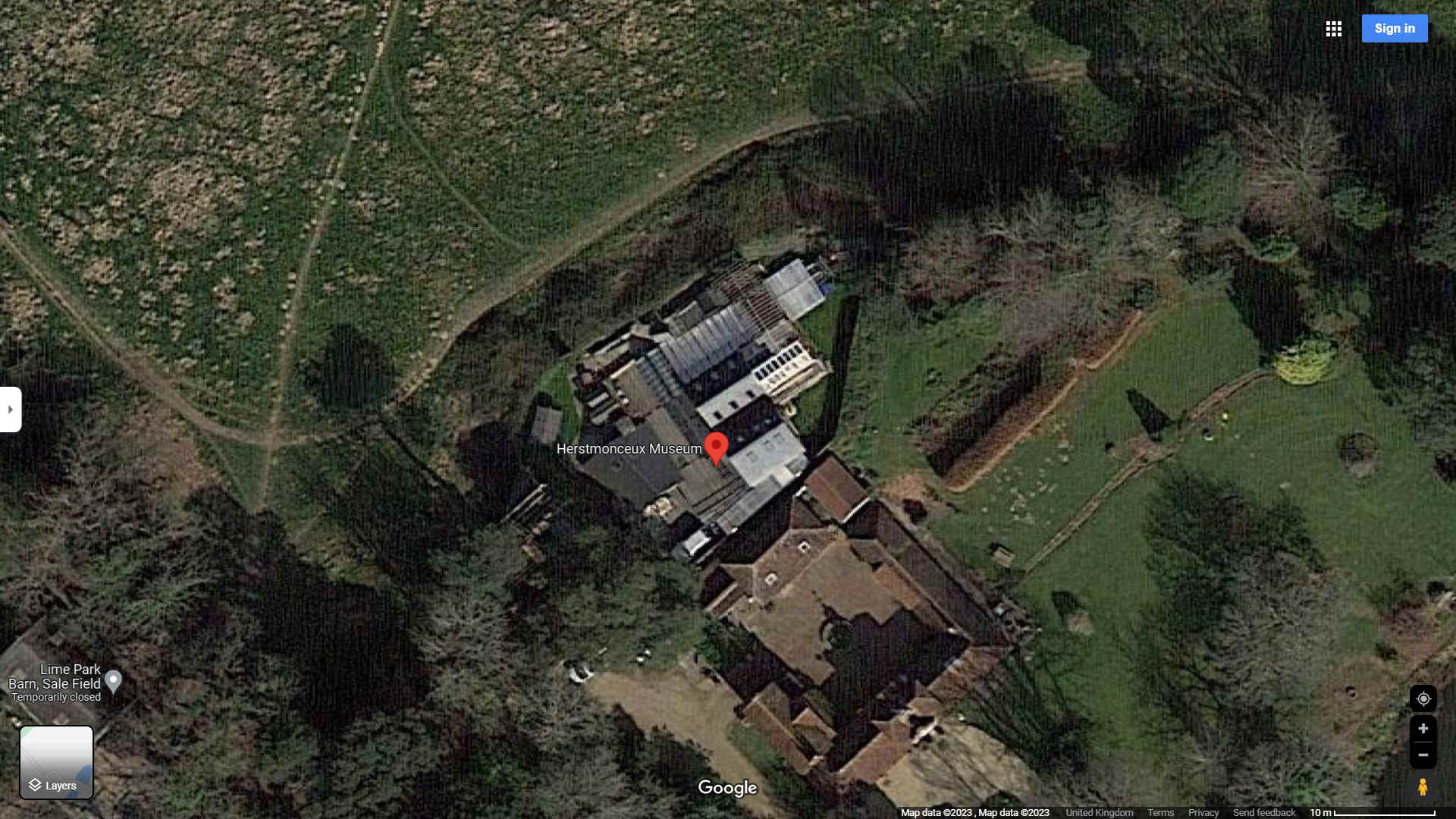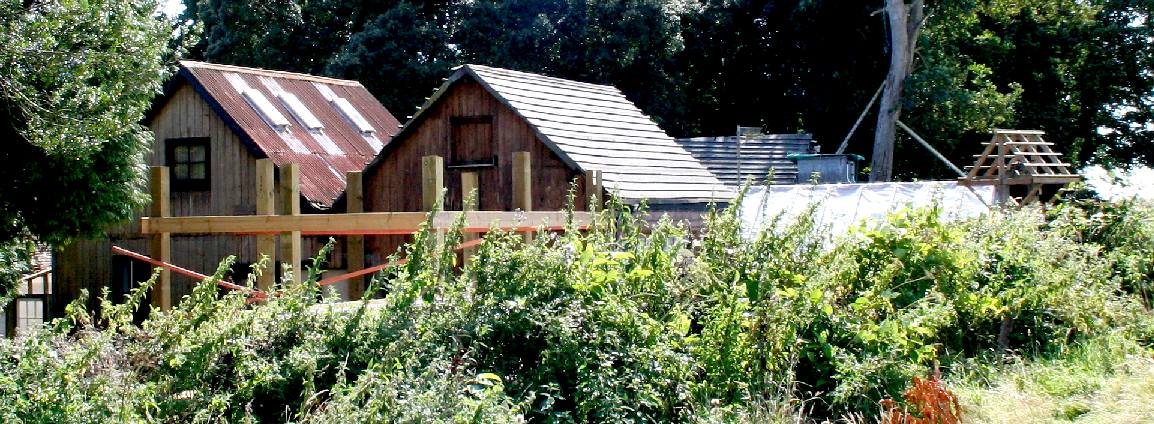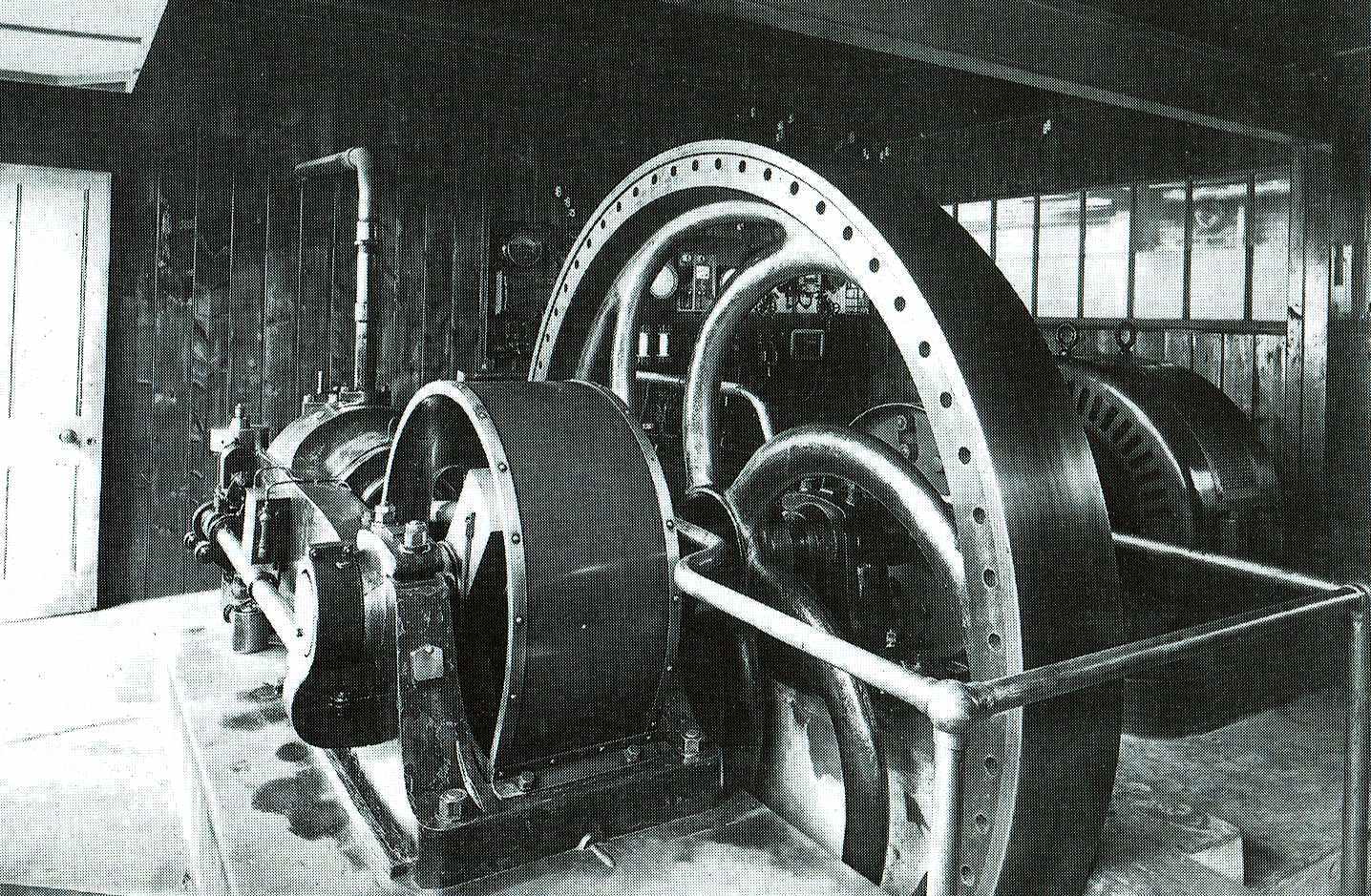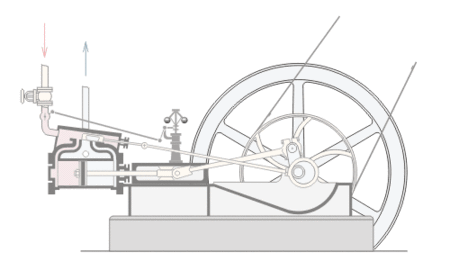|
TEMPORARY USES, LETS, AirBnB |
DEV. PHASE 2 |
|||||||||||||||||||||||||||||||||||||||||||||||||||||||||||||||||||||||||||||||||||||||
|
EXHIBITS FRIENDS HERITAGE HOME LIME PARK OPEN DAYS PARKING TECHNOLOGY UNESCO |
||||||||||||||||||||||||||||||||||||||||||||||||||||||||||||||||||||||||||||||||||||||||
|
This could be a genuine treehouse, with a tree growing through the (proposed) Airbnb, but at the moment, it is simply a support structure, bereft of floors or conveniences. This is while the tree regenerates, after a serious bark infection some years ago, forced drastic surgery. Though, the proposed use could be enjoyed on a temporary basis for up to 28 days a year, under permitted development rules. Except that any fittings that may not be a permitted development, after the expiry of 28 days, would have to be removed, until the following year. That is not impossible, but rather inconvenient, and an additional financial burden on the Museum, as the Trust strives for tentative listing, as a World Heritage Site.
PHASE TWO: 2-4 YEARS >> 2026-2030
Having attained accredited status, the Trust/Museum is likely to need other tourist attractions as temporary uses to generate an income to pay for the upkeep and further development of Herstmonceux Museum, aimed at Phases 3-4, preparing for and then re-installation of a National gas engine and control gear to original specification.
As with other monuments and registered heritage assets, the tried and trusted methods, and recognised means of producing such financial support, is for the local authority to grant consent for temporary uses, to help generate an income, independently of grant assistance. To help offset the forward maintenance and administrative functions, connected to the forward restoration process.
This may include temporary short-term, or holiday lets, such as AirBnB, that are known to be particularly good performers. This is sure to require imaginative use of the limited grounds, and other creative attractions, to still allow for public viewing of the exhibits, as attractions, to retain accredited status, etc. Children will need to be catered for, perhaps with climbing frames and adventure buildings, that can be taken down, reduced in size, or otherwise melded into the rural scene appropriately, in due course.
Many will realise that in order to build up a fund for 'restorations,' from such a small footprint, will mean utilizing the site imaginatively and effectively. Ordinary 'museum' traffic, if the site were to feature only the generating archaeology, would be unlikely to generate sufficient reserves in 10 to 30 years, or more. Meaning that restoration would never be achieved. The reverse being true; the heritage asset could fall into greater disrepair. Putting the history at risk. Expert consultants are thus suggesting intensifying use of the site, in order to reach "critical mass" equity wise. Apart from making the best use of existing technology displays. The suggestion is to saturate the site with earners, such as AirBnB. Eventually, to phase in admission charges. But, only once the location has become a recognized educational resource, and the Trust is able to deliver value to visiting patrons.
A look at the history of this valuable community asset, reveals that planning blight is one of the main reasons that the historic generating buildings were prevented from being restored, being starved of a beneficial use, in a period of what might be described as heritage attrition. Potentially, putting the UK in the firing line, against perceived World Heritage Convention ineffectiveness. Such practices in all probability being worthy of investigation, to prevent re-occurrences.
As another (temporary) attraction, 3D Virtual Reality displays might be incorporated in the generating, machinery, and battery rooms, such as to allow visitors to wander inside all three Sheds, to visually experience the different components of the industrial complex. Indeed, this technology may be used to help archaeologist plan out and manage site restoration, in Phase 4.
Upkeep of the buildings, may include fireproofing the woodworks, treatment against wet and dry rot and roofing repairs. The installation of cooling devices and a sprinkler system may also feature as a preservation device, as global warming continues to heat the planet, to threaten timber buildings.
EMINENTLY RECOVERABLE - An aerial view of Herstmonceux Museum in 2022, showing the public footpaths north of the generating buildings. Many of which are unregistered, but well trodden for over forty years, from our records.
Historic buildings need uses, for their owners/occupiers to be able to transcend, from trading to grading.
ACHIEVING THE IMPOSSIBLE
What at first seems like an impossible goal, might, if taken in smaller phased stages, become a reality. The ultimate objective is to restore the buildings to as near as possible, the original state in 1936, before electricity generation and battery power storage ceased. For that, we'd need a Business Plan, sufficiently well thought out, to be achievable, as a long term aim.
This in turn might attract limited investment from the UK and UNESCO, and even philanthropic contributions. We are already indebted to our volunteers and trustees, for giving freely of their time.
It is likely to be many years before the ultimate aim of displacing any existing uses, to be able to completely empty the buildings, so as to be able to reinstate a National (or similar) gas engine, and any machinery and associated equipment. For example, there was ice making equipment and an ice well on the site, according to the Original Operator Instructions from 1911, that together with the export of vegetables and electricity, would have been another innovative product, where prior to ice making machines, ice was imported from the Arctic. The Trust are suggestion allowing something like 10-15 years to achieve their aims. But this may be more, when it comes to exacting UNESCO standards.
The suggested 'Phases' will be developed, hopefully, with the cooperation of local and national government, and suggestions therefrom. The Trust is entirely flexible in it's thinking, and open to alternatives with a reasonable prospect of success.
CHAPTERS
It was either fated, or the most incredible set of coincidences, that brought the Generating Station's savoir together. For sure, without him, the proud new owner in 1981, had it in mind to demolish what they saw as a liability. That was until he was running short of change, and wanted to secure the skills of his best decorator & handyman.
CHARACTERS
There were many other contributors. If you know of any information that may help us complete this story, please get in touch.
|
||||||||||||||||||||||||||||||||||||||||||||||||||||||||||||||||||||||||||||||||||||||||
|
|
||||||||||||||||||||||||||||||||||||||||||||||||||||||||||||||||||||||||||||||||||||||||
|
EXHIBITS FRIENDS HERITAGE HOME LIME PARK OPEN DAYS PARKING TECHNOLOGY UNESCO
Copyright © 2023 Lime Park Heritage Trust. A not for profit organisation with charitable objects.
|
||||||||||||||||||||||||||||||||||||||||||||||||||||||||||||||||||||||||||||||||||||||||
